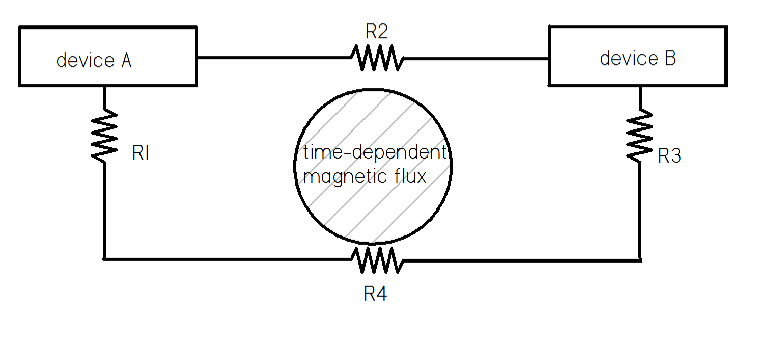I was just pointed to a new interesting ground loop document few days ago. Ground Loop Tutorial is a tutorial on electrical interference with emphasis on ground loops. It distinguishes several different types of interference and discusses the underlying physics at a basic level.
In the end there is a good list of Methods for removing ground loops.
That tutorial document is published by Loop Slooth, a company that makes ground loop measurement tools (use the same idea I described at Build a Ground Loop Detector article).


8 Comments
polycystic ovarian syndrome diet says:
Hmm is anyone else encountering problems with the images on this blog loading?
I’m trying to figure out if its a problem on my end or if it’s
the blog. Any suggestions would be greatly appreciated.
natural solutions says:
I’m gone to say to my little brother, that he should also pay a visit this web site on regular basis to get updated from newest news.
kdc minh son q9 says:
You really make it appear so easy with your presentation however I in finding this topic to be really one thing that I think I would never understand. It seems too complicated and extremely huge for me. I am taking a look ahead to your subsequent post, I will attempt to get the cling of it!
Milla says:
Good response in return of this question with genuine arguments and describing everything about
that.
Also visit my homepage: mom (Milla)
Tomi Engdahl says:
The G word: How to get your audio off the ground
http://www.edn-europe.com/en/the-g-word-how-to-get-your-audio-off-the-ground.html?cmp_id=7&news_id=10004372&vID=1320#.VAlqB2NsUik
Tomi Engdahl says:
The G word: How to get your audio off the ground (Part 2)
http://www.edn-europe.com/en/the-g-word-how-to-get-your-audio-off-the-ground-part-2.html?cmp_id=7&news_id=10004694&vID=209#.VAlpK2NsUik
Audio signals are voltages. A voltage is the potential difference developed between two points. We grab a voltmeter and connect the two test leads to probe the two points, or “nodes” that we want to know the potential difference between. The author continues his quest to apply this principle to removing “Gnd-think” from audio circuit layouts.
Tomi Engdahl says:
The myth called “ground”
http://www.edn.com/electronics-blogs/test-voices/4437985/The-myth-called–ground-?_mc=NL_EDN_EDT_EDN_today_20141218&cid=NL_EDN_EDT_EDN_today_20141218&elq=2c0040928de34be4b9f2bf91178fe23a&elqCampaignId=20789
A friend of mine told me years ago that there’s no such thing as voltage. This was a real shock to me, because I had a voltmeter in the lab. He explained that Maxwell’s equations, which are accepted as the basis for all electromagnetic (and therefore circuit) theory, include current, electric field, and magnetic field, but no voltage.
Most PCB designers talk about things such as DC supply voltage or a signal voltage on traces. If I bring up the idea of current flow, they will accept it. Then we discuss how the return current always flows back to its source on ground.
The term “ground” is probably the most misunderstood and misused term in electrical engineering. I blame the universities. They start their electrical engineering instruction with DC circuits and then progress to AC circuits with resistors, inductors, and capacitors. But the ideas of parasitic and nonschematic effects are seldom discussed in classes. Usually, lab assignments are relatively low-frequency projects, probably designed to ensure parasitic effects aren’t encountered.
We learn to read schematics with this magical return current path called ground. At low frequencies, the physical distance between the ground connections is electrically small. This concept of having all ground nodes connected at the same point is reasonable.
In the real world of high-speed circuit boards, the physical distance between ground node connections isn’t electrically small, so the distance between the nodes becomes meaningful. Current must travel some distance to return to its starting point. This distance can adds losses that make ground something else entirely.
Tomi Engdahl says:
Ground Loops and Hum
https://www.youtube.com/watch?v=GS-6jBk9YPM
How Ground Loops happen and how to avoid them.